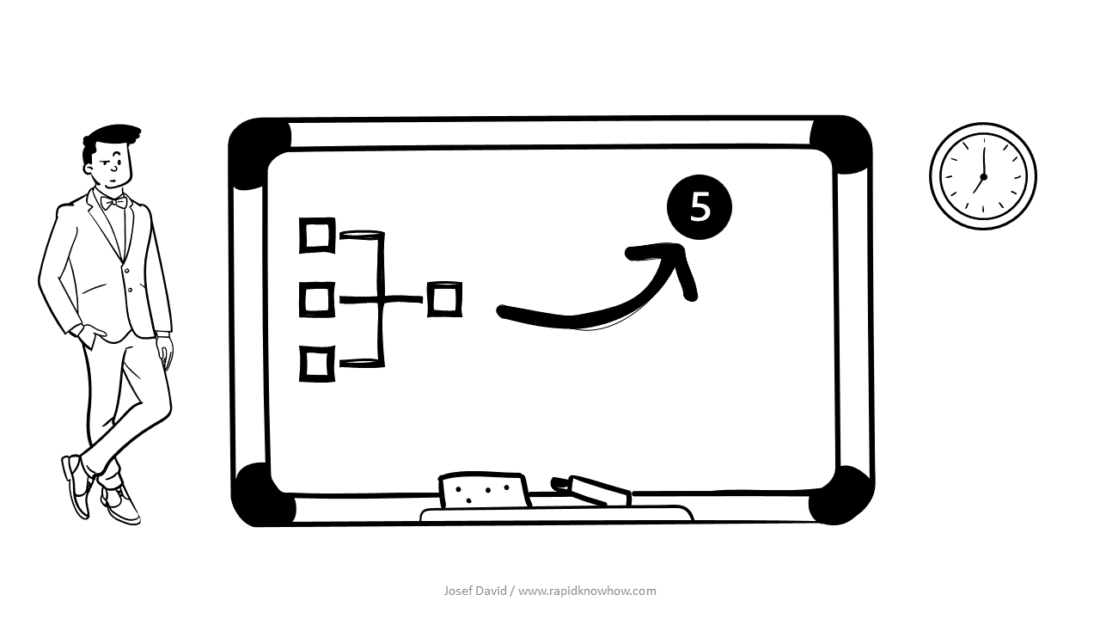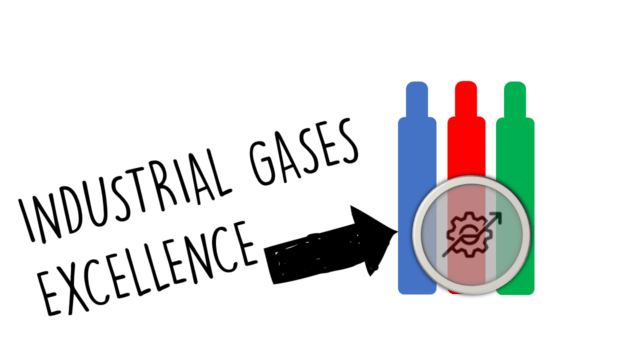Crafting a career strategy for the next five years is a crucial task that requires careful thought, planning, and execution. It’s not just about setting goals; it’s about aligning those goals with your long-term vision and understanding the external career environment.
To what extent does your career strategy fit with your long-term goal?
To begin with, let’s discuss the extent to which your career strategy fits with your long-term goals. A career strategy should be a roadmap that guides you towards your ultimate professional objectives. It should be flexible enough to adapt to changes in your personal circumstances or the job market, yet robust enough to keep you focused on your end goal. If your career strategy doesn’t align with your long-term goals, it may lead you down a path that doesn’t fulfill you professionally or personally. Therefore, it’s essential to ensure that every step in your career strategy is a stepping stone towards achieving your long-term goals.
Analysing the External Career Environment
Now, let’s move on to the characteristics of the external career environment. The external career environment is dynamic and ever-changing. It includes factors such as economic conditions, industry trends, technological advancements, and labour market competition. Understanding these factors can help you identify opportunities and threats in your chosen field and adjust your career strategy accordingly. For instance, if there’s a growing demand for skills that you possess in an emerging industry, it might be worth considering a shift in your career path.
Understanding your Strengths and Weaknesses
Next up is understanding your strengths and weaknesses. This is an integral part of crafting a successful career strategy. Your strengths are the skills and abilities that set you apart from others in the job market. These could include technical skills, soft skills like communication or leadership, or even personal traits like resilience or creativity. On the other hand, your weaknesses are areas where you could improve. Identifying these can help you understand what training or development opportunities you need to pursue to enhance your employability.
For example, if one of your strengths is project management but you struggle with public speaking (a weakness), you might decide to take a course or join a club to improve your public speaking skills. This would not only help you overcome your weakness but also enhance your overall professional profile.
Get Started: Your next Steps
Finally, let’s discuss the next steps. Once you’ve aligned your career strategy with your long-term goals, understood the external career environment, and identified your strengths and weaknesses, it’s time to put your plan into action. This could involve pursuing further education or training, seeking mentorship, networking with professionals in your field, or even starting a job search if you’re ready for a new role.
Remember, crafting a career strategy is not a one-time task. It’s an ongoing process that requires regular review and adjustment. As you progress in your career and as the external career environment changes, you’ll need to revisit and revise your career strategy to ensure it remains aligned with your long-term goals.
In conclusion, crafting a successful career strategy involves aligning it with your long-term goals, understanding the external career environment, identifying your strengths and weaknesses, and taking proactive steps towards achieving your professional objectives. It’s a journey that requires patience, persistence, and continuous learning. But with the right strategy in place, you’ll be well-equipped to navigate the path to career success.




